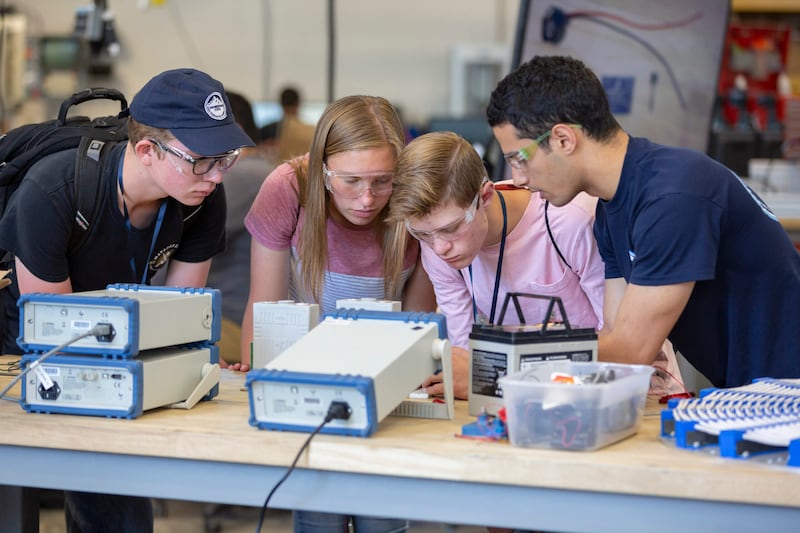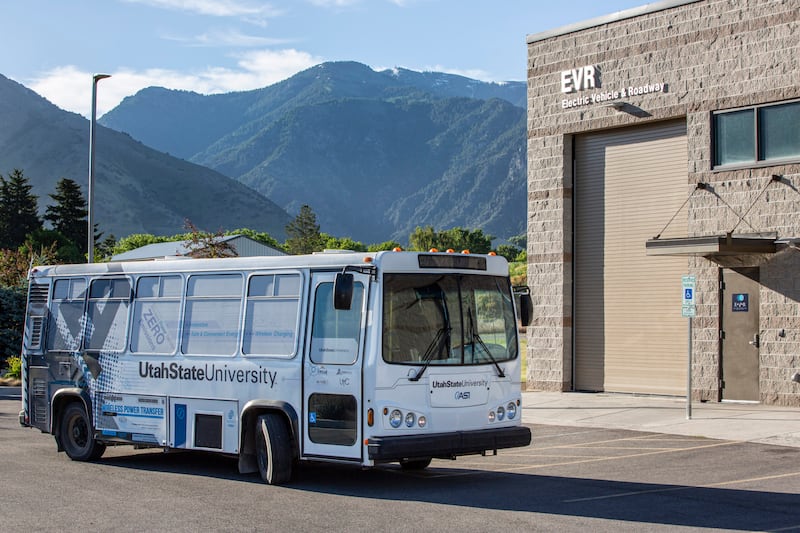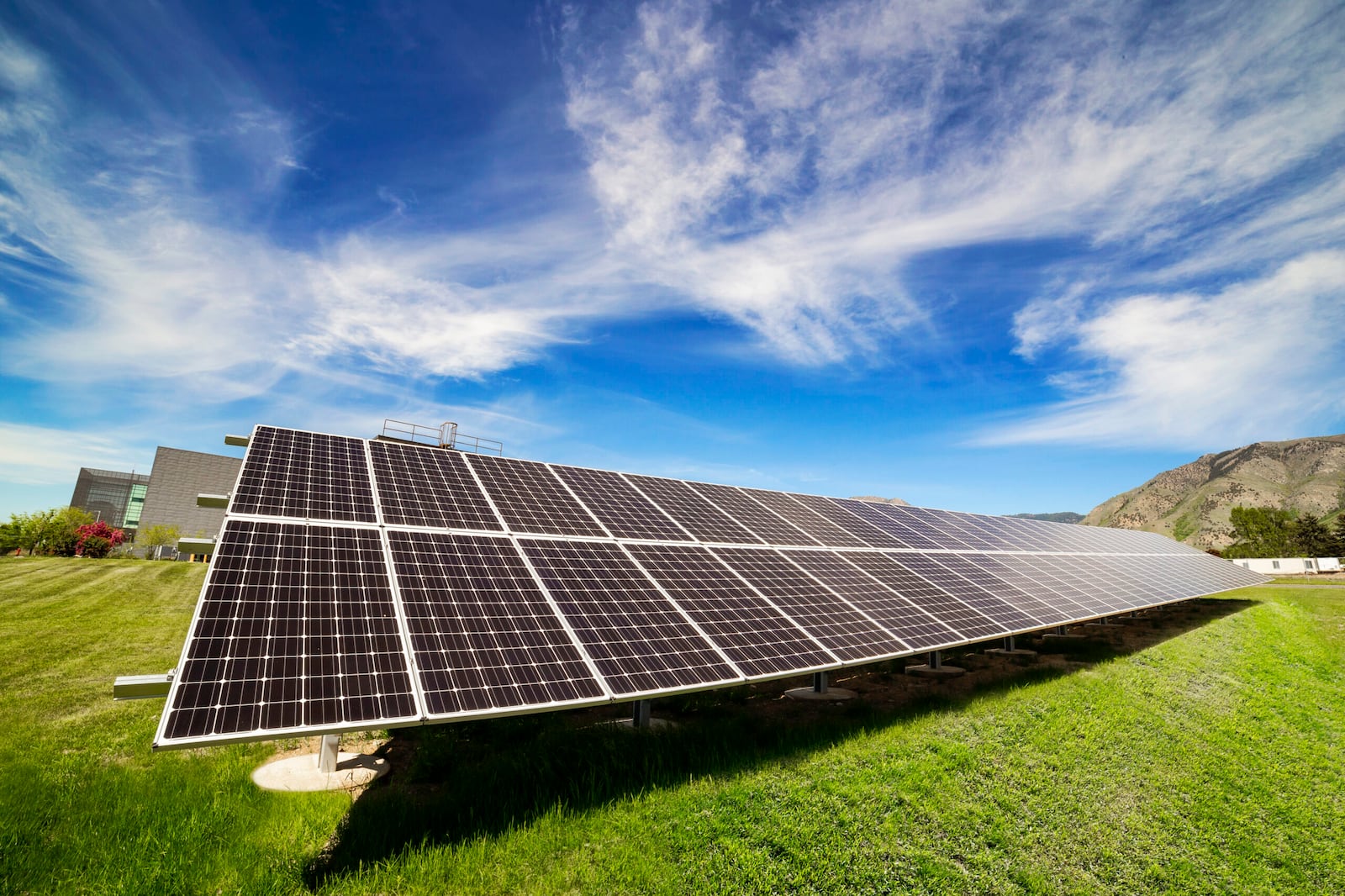Photo courtesy of ASPIRE
For years, technology has been a major part of Utah’s economy. In 2018, tech accounted for 18 percent of the state GDP, and tech companies supported one in seven Utah jobs, according to the Governor’s Office of Economic Opportunity. As the United States aims to become more self-sufficient in its energy usage, Utah is well-positioned to support energy development with advancing technologies and vast energy resources.
The Utah government is in the process of updating an energy plan it released last year, and the changes will bring the plan closer to what the state is now envisioning for energy, says Harry Hansen, deputy director of the Utah Office of Energy Development.
In March, the Utah state legislature passed HB426, an energy amendment in support of Utah’s energy plan. “The legislature is taking a lot bigger interest in the energy space,” Hansen says. “[HB426] gave us a stronger directive to basically get more substance behind our plan. We’re trying to build a process that is quite different from the rest of the nation.”

Photo courtesy of ASPIRE
To get ready for these changes, Utah has set up a working group of stakeholders, including energy experts from academia, utilities and government, to look at all of Utah’s energy potential “in a methodical and detailed way,” Hansen says. “We’re having a conversation about what Utah has and what makes sense.”
Masood Parvania, associate professor of electrical and computer engineering at the University of Utah and director of the Utah Smart Energy Laboratory, says Utah is working on many new key technology initiatives related to energy, including power grid modernization and resilience as well as transportation electrification.
Parvania is also co-head of the U.S.-Canada Center on Climate-Resilient Western Interconnected Grid, a center that brings together a network of 35 partners across academia, business, government and various communities. Both organizations are working to enhance power grid resiliency to combat extreme weather events, such as wildfires and heat waves, that can harm power capabilities, Parvania says.
“The challenge we face during extreme weather events is to make informed and timely decisions for operating the grid,” Parvania says. “At the Utah Smart Energy Laboratory, we have developed AI-based solutions to operate the grid during uncertain extreme weather conditions, which utilize the power of AI to anticipate and operate the distributed energy resources to enhance the grid resilience and minimize the outage time for customers.”

Photo courtesy of ASPIRE
According to Parvania, the intensity, frequency and duration of extreme weather events are increasing and becoming more harsh every year. “The challenge is to more accurately model the climate in the long term, over the next 10 to 20 years, and evaluate how the power grid can adapt or should be reinforced to face the reality of extreme weather events.”
It takes a coordinated effort to unite the research and efforts of so many groups, Parvania says, but that’s exactly what the U.S.-Canada Center on Climate-Resilient Western Interconnected Grid is doing.
At Utah State University’s Advancing Sustainability through Powered Infrastructure for Roadway Electrification (ASPIRE) Research Center, researchers are looking for ways to deploy electrified transportation systems. According to ASPIRE Director Regan Zane, the center, with 10 universities and more than 60 industry and innovation partners, has raised more than $100 million to date for research and pilot demonstration of innovative technologies. It also provides reports that can inform the vision for electrified transportation systems to states and state agencies, including Utah.
“We need tomorrow’s technologies to do this right,” Zane says. “Now is the time to inject innovation into developing the future vision of our communities and transportation systems. This will inform critical decisions today on infrastructure investments to accelerate our path to clean air and [reduce the cost of moving] people and goods.”

